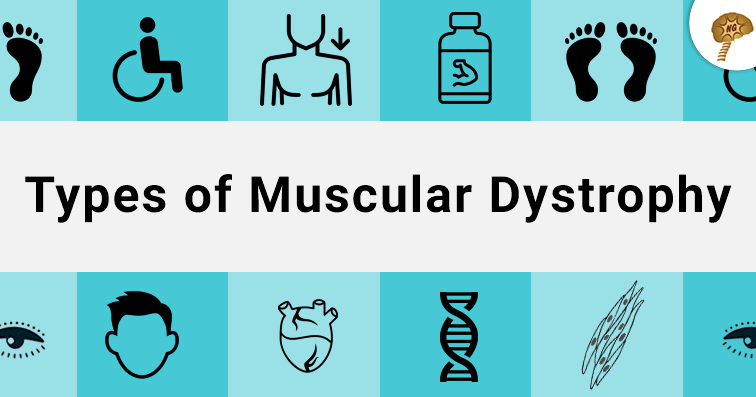
What is Muscular Dystrophy?
Muscular dystrophy is a progressive neuromuscular disorder that affects various muscles of the body, gradually causing them to degenerate and eventually leading to loss of function. It is caused due to abnormal gene mutations. It could be passed down from generation to generation and is also more commonly seen in individuals with consanguineous parentage.
What are the Types of Muscular Dystrophy?
There are nine main types of muscular dystrophy (MD) that ultimately leading to permanent disability or possible bone deformity. Duchenne Muscular Dystrophy (DMD) is the most common and rapidly progressive type of muscular dystrophy.
What are the Symptoms of Muscular Dystrophy?
Muscles need essential proteins derived from the food that is ingested, to bring about strength and function. Without this important component, muscles fail to maintain their structural and functional integrity. Due to the faulty gene mutation in muscular dystrophy patients, these proteins are produced in low quantities, resulting in slow growth and lack of normal function.
The symptoms of muscular dystrophy develop gradually and can look similar to those of other neurological conditions. Children born with muscular dystrophy show normal growth during the first few years of their life, however, after a few years parents usually observe the following early symptoms:
- change of gait, or waddling gait.
- difficulty in getting up from a squatting or sitting position.
- frequent falling due to loss of balance.
- difficulty in running, or in descending and ascending stairs.
- learning difficulties or delayed speech.
As they advance in age, children with muscular dystrophy become weaker and lose the ability to walk or lift objects, thus, either becoming bedridden or wheelchair bound. Eventually, the heart, rib cage and spine also get affected, thus leading to serious respiratory distress.
What is the Solution for Muscular Dystrophy?
While research is being conducted world-over for a medicinal treatment of the prevention and cure of muscular dystrophy, the best hope currently for patients suffering from this severely debilitating disease is Stem Cell Therapy.
After years of research, it has been found that patients when treated with the stem cells obtained from their own bone marrow, showed marked sustainability in the rate of degeneration, and thus, preserved function for longer periods. For muscular dystrophy, stem cell treatment, is the safest, and most effective approach, as it does not cause any complications or unnecessary side-effects.
Scientifically it has been observed that in muscular dystrophy, stem cell treatment results in the formation of the myoblasts, that eventually repair the damaged muscle fibres.
Although there is no complete cure yet, for muscular dystrophy, stem cell treatment focuses on the infusion of treated stem cells in the muscles of such patients, to improve their quality of life.
For muscular dystrophy, stem cell treatment offers the following benefits:
- Ability to regenerate and to repair the dystrophic muscle.
- A treatment to reduce the inflammation in the muscles.
- A treatment that strengthens the neuromuscular junctions of the limbs and provides renewed control.
Apart from muscular dystrophy, stem cell treatment also shows promising scope in neurological disorders like Cerebral Palsy, Autism, Spinal Cord Injury, Head Injury, Stroke, etc.








